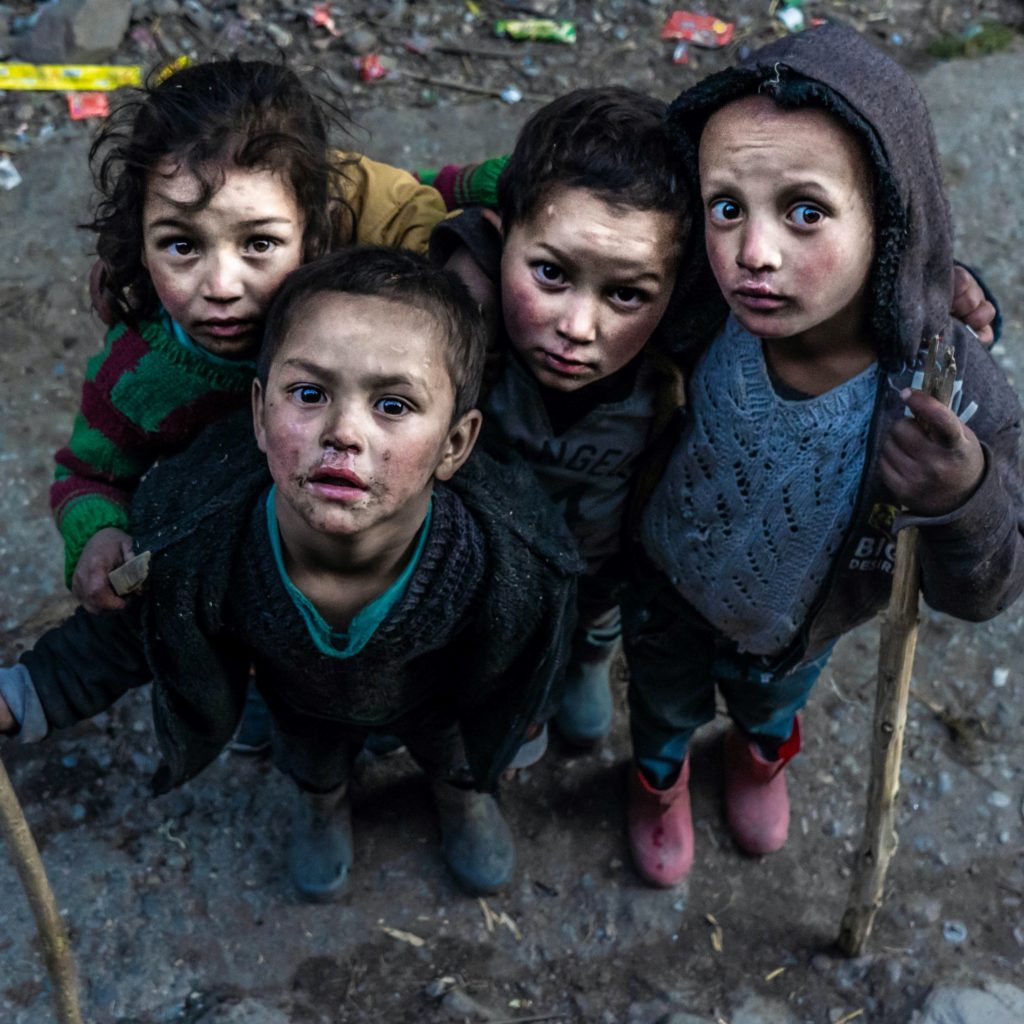NEW YORK – Friday, June 12, 2020, marked the 19th annual World Day Against Child Labor sponsored by the International Labor Organization with the cooperation of UNICEF. The purpose of the day is to raise awareness of the magnitude of the problem of child labor.
 Typically, the World Day Against Child Labor focuses on bringing attention to the harmful physical and mental problems suffered by children who are forced to work between the ages of five and seventeen. This year’s theme reflected the concern with the COVID-19 pandemic and its potential to reverse progress already made to eliminate child labor. This seems to be particularly important as we approach 2021, which the United Nations General Assembly has declared “The International Year for the Elimination of Child Labour.”
Typically, the World Day Against Child Labor focuses on bringing attention to the harmful physical and mental problems suffered by children who are forced to work between the ages of five and seventeen. This year’s theme reflected the concern with the COVID-19 pandemic and its potential to reverse progress already made to eliminate child labor. This seems to be particularly important as we approach 2021, which the United Nations General Assembly has declared “The International Year for the Elimination of Child Labour.”
How bad is the problem of child labor? How much progress have we made toward the goal of eliminating child labor?
The first World Day Against Child Labor was held in 2002. Yet, the latest statistics are really only estimates, so there is no statistical reliability for either the total numbers of children burdened or actual progress being made. This is not an editorial comment. This is a fact reported by the ILO and available in a copious number of public documents and publications.
My hope in reporting on the 2020 World Day Against Child Labor was to discover great things that have been accomplished. I was disappointed to learn that “there are around 152 million children worldwide working as child laborers.” That is the same number reported last year – and the year before – and the two years before that. Last year, Beate Andrees, Chief of the ILO’s Fundamental Principles and Rights at Work Branch, said, “The struggle against child labor has gained extraordinary momentum over the past two decades.” But she also said, “152 million children across the world are still in child labor.” A graphics box in that same online article indicated that 152 million children in child labor was an estimate from 2016.
Much to her credit, Andrees was forthright in saying, “We obviously need to scale up action further.”
The Executive Summary of the ILO report, “Ending Child Labor by 2025,” showed the estimated number of child laborers has declined from 246 million at the turn of the millennium to 168 million in 2012. That’s a reduction of nearly 32%. However, half of that occurred between 2000 and 2008. The rate of progress slowed to 10.5% in 2012 and by 9.6% in 2016, when the 152 million plateau was reached.
The same Executive Summary reported that
“Maintaining the current rate of progress would leave 121 million children still engaged in child labor in 2025. A similar calculation … indicates that even maintaining the pace achieved during 2008 to 2012, the fastest recorded to date, would not be nearly enough. We are moving in the right direction, but we must greatly accelerate the pace.”
Nothing would please us more than to report rosier findings. Unfortunately, we cannot. They simply do not exist. And, the aspiration to eradicate poverty and its existential problems will never be achieved until the Lord Jesus Christ establishes His Kingdom on earth. (Matthew 26:11; Mark 14:7; John 12:8) We must recognize the truth and how that truth, in turn, affects the global problem of child labor.
Neither can we, individually or collectively, ignore our responsibility to address the need.
Whoso stoppeth his ears at the cry of the poor, he also shall cry himself, but shall not be heard. – Proverbs 21:3
He that oppresseth the poor to increase his [riches, and] he that giveth to the rich, [shall] surely [come] to want. – Proverbs 22:16
He that hath a bountiful eye shall be blessed; for he giveth of his bread to the poor. – Proverbs 22:9
His children shall seek to please the poor, and his hands shall restore their goods. – Job 20:10
We cannot eliminate the problem of child labor, but we can alleviate it by partnering with NGOs and FBOs that have boots on the ground, transforming families and villages so that child labor will be eradicated in their communities.
Take a more in-depth look at the crisis of child labor in our special report, “Child Labor Today: Not Gone, But Forgotten.”
Read more news on Child Labor and the COVID-19 Pandemic on Missions Box.
GFA’s Statement About Coronavirus
Sources:
- International Labor Organization, COVID-19: Protect children from child labor, now more than ever!
- International Labor Organization, COVID-19 may push millions more children into child labor – ILO and UNICEF
- Daily News & Analysis, World Day Against Child Labor 2020: History, significance & this year’s theme
- Times of India, World Day Against Child Labor 2020: Some facts about child labor that will leave you shocked
- International Labor Organization, Ending Child Labor by 2025 – Executive Summary




